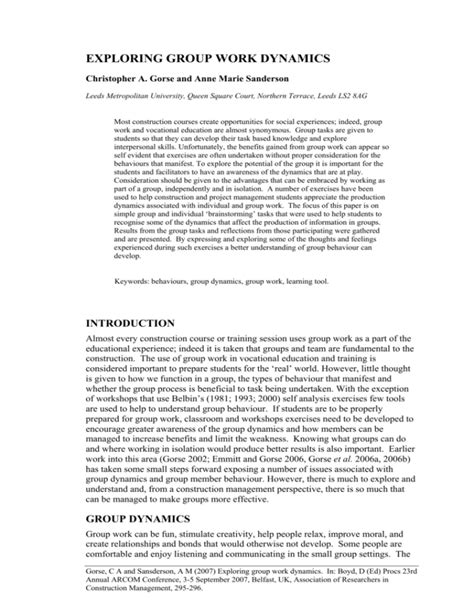The Dynamics of Supply and Demand in the NFT Marketplace
In the rapidly evolving world of digital art and collectibles, cryptocurrencies have emerged as a new frontier. Among the numerous cryptocurrencies, Non-Fungible Tokens (NFTs) have gained significant attention for their unique characteristics. These tokens represent unique digital assets, such as original artwork, music, or even in-game items. In this article, we will explore the dynamics of supply and demand in the NFT marketplace, examining how cryptocurrency fluctuations impact the value of these unique digital assets.
What are NFTs?
NFTs are blockchain-based digital assets that hold a specific identity and scarcity. Unlike traditional cryptocurrencies like Bitcoin, which are interchangeable, NFTs are unique to each individual token. This uniqueness is what makes them valuable among collectors and enthusiasts.
The Supply of NFTs

As the demand for NFTs continues to grow, so does the supply. However, this influx of new tokens can lead to a surge in supply prices, making it more challenging for buyers to acquire their favorite digital assets. This phenomenon is known as “NFT scarcity.”
According to a study by Deloitte, the top 100 most valuable NFTs on online marketplaces like OpenSea and Rarible have seen significant price increases since 2019, with some tokens experiencing price hikes of over 500%. These high prices can be attributed to the growing demand for unique digital art and collectibles.
The Demand for NFTs
On the other hand, a strong demand for NFTs is driving up their values. As more people discover the benefits of owning unique digital assets, they are willing to pay premium prices for them. This increased demand can be attributed to factors such as:
- Artistic expression: NFTs provide an outlet for artists to express themselves without the constraints of traditional mediums.
- Collectibility: Rare and limited edition NFTs offer a sense of ownership and exclusivity that is hard to find with physical collectibles.
- Investment potential: Some investors view NFTs as a speculative investment opportunity, hoping to buy low and sell high.
Cryptocurrency Fluctuations and Supply Demand
The value of NFTs can be influenced by various factors, including cryptocurrency fluctuations. As the value of cryptocurrencies like Ethereum (ETH) and Bitcoin (BTC) changes, it can impact the prices of NFTs that are pegged to these currencies. For example:
- Ethereum: The rise in ETH has led to increased demand for NFTs on platforms that rely heavily on the Ethereum blockchain, such as OpenSea.
- Bitcoin: The price fluctuations of BTC have had a significant impact on the prices of NFTs that are pegged to this cryptocurrency.
Conclusion
The dynamics of supply and demand in the NFT marketplace are complex and influenced by various factors. As the value of cryptocurrencies continues to rise, we can expect to see more investors entering the market for unique digital assets like NFTs. While the scarcity of certain NFTs may drive up prices, a strong demand from collectors and enthusiasts will continue to push prices upwards.
Recommendations
For those looking to invest in NFTs, here are some recommendations:
- Diversify your portfolio
: Spread your investments across multiple platforms and cryptocurrencies to minimize risk.
- Research the market: Stay informed about market trends and price fluctuations before making a purchase.
- Consider a long-term approach: The value of NFTs can fluctuate over time; be prepared for potential price drops.
As the NFT market continues to evolve, it is essential to stay informed about the dynamics of supply and demand. By understanding these factors, you can make more informed investment decisions and potentially profit from the growing popularity of unique digital assets like NFTs.
Deixe um comentário